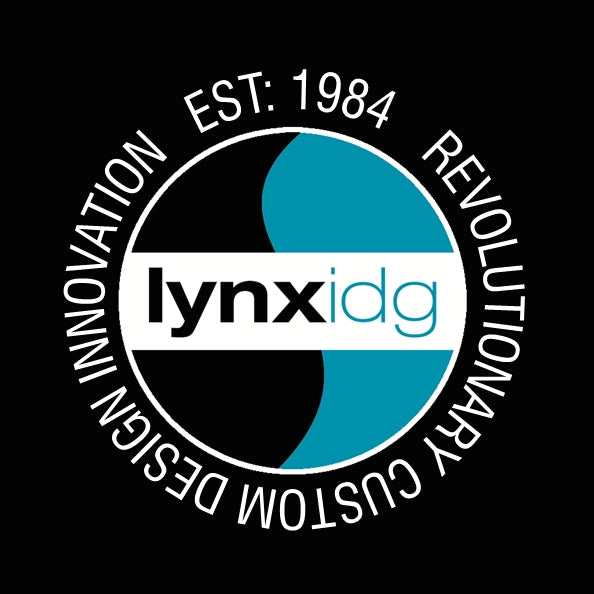Refurbishment pays for itself
In the second of his five part series published in Optician magazine, Marc Bennett looks at increasing profitability through a practice refurbishment and financing the costs through VAT & Corporation tax reliefs
"If I hand you a magic wand to supercharge your practice, what would you spend your money on? The likely answer from many practice owners would be 'clinical equipment and a practice refit'. If I take the magic wand away, you would probably tell me that you could not afford this investment but the commercial reality from observing the finances of hundreds of practices around the country is that you probably can not afford not to invest.
Our research shows that a full refurbishment, (the rule of thumb costing 20% of your turnover), inspires both your clients and staff to value your practice more and leads to a significant increase in both turnover and profits over a five-year period. As an example, let us take a practice with a turnover of £500,000 spending £100,000 excluding VAT on a full refurbishment. In this example, additional turnover of between 10% pa and 15% pa can be achieved over five years, resulting in average annual pre-tax profits of £40,000 per annum. The return on investment of this project over five years would be in excess of 54% equivalent to £59,460 of post tax profits delivered.
There are two main areas where HMRC contribute to the high cost of the refurbishment and assist in the high return on investment stated above.
- 1 Reduced corporation tax bills. This comes in the form of Capital Allowances where a business is allowed to deduct from its profits and expenditure on plant and equipment up to £200,000 per annum.* The relief is called the Annual Investment Allowance. To ensure that full relief is obtained, invoices for the refurbishment should be split between plant & equipment and premises improvements. *Varies according to annual budget announcements.
- 2 Repayments of VAT. An opticians’ practice dispensing spectacles and contact lenses is partially exempt for VAT purposes. As a result not all of the VAT on expenditure can be reclaimed. Practice owners should therefore ensure that they split invoices as follows to maximise the VAT recovery of the refurbishment costs.
- A All VAT on expenditure relating to the retail sales of spectacles and contact lenses is in respect of standard rated sales and therefore all the resulting input VAT is recoverable. Accordingly, this first invoice should include items such as cabinetry, shelving for frames and specialist lighting integrated into the shelving or display of frames
- B All VAT on expenditure related to clinical practice, including the equipment and apparatus in the consulting room is in respect of except fees and therefore all the resulting VAT is not claimable unless the business in within the de minimis limit of below £7,500 of exempt VAT.
- C That leaves all VAT on expenditure relating to neither sales of products specifically or clinical fees specifically. So expenditure on general practice refurbishment such as the reception area and dispensing area will leave the business recovering only a proportion of the VAT depending on the ratio of standard rated sales to total turnover in the practice.
In summary, a practice facelift incorporating both an invigorated retail experience and a more clinical emphasis on eye care revitalises the practice and has consistently been found to support increased professional fees. The tax reliefs mentioned above also help make practice refurbishment a highly profitable investment in your own business. Allowing a proportion of the additional profits to be constantly re-invested in clinical equipment also greatly enhances the transition from reliance on retail sales to expanding professional fees.
Just one final thought on the example above. A refurbishment adding an extra £40,000 of net profit per annum to the bottom line can also increase a practice’s value by some £140,000”
Edited content
